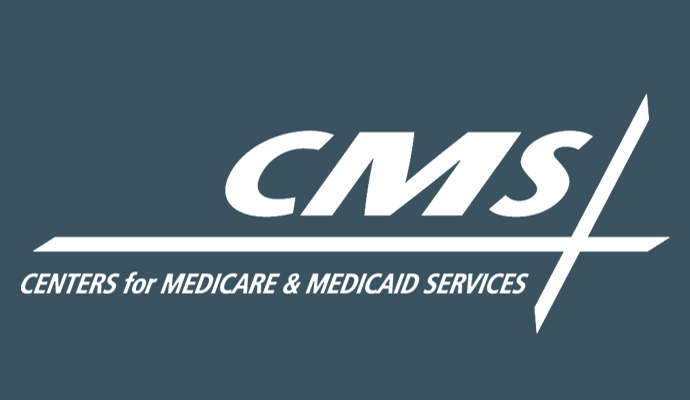CMS Primary Care Model Provides Value-Based Path for Practices
The primary care model will offer participants additional revenue to build infrastructure and make value-based primary care more accessible.

Source: CMS Logo
- CMS will test a new primary care model in eight states with the hopes of improving patient care and increasing value-based opportunities for primary care organizations.
The Making Care Primary (MCP) model aims to enhance care management and care coordination, provide primary care physicians with tools to form partnerships with healthcare specialists, and utilize community-based resources to address patient health needs and social determinants of health.
Additionally, the model seeks to provide patients with integrated, person-centered, accountable primary care and improve care quality while reducing spending. The model offers a pathway for small, independent, rural, and safety-net primary care organizations to enter value-based care arrangements.
“Ensuring stability, resiliency, and access to primary care will only improve the healthcare system,” CMS Deputy Administrator and Center for Medicare and Medicaid Innovation Director Liz Fowler said in the press release.
“The Making Care Primary Model represents an unprecedented investment in our nation’s primary care network and brings us closer to our goal of reaching 100 percent of Traditional Medicare beneficiaries and the vast majority of Medicaid beneficiaries in accountable care arrangements, including advanced primary care, by 2030.”
MCP model participants will receive additional revenue to build infrastructure, make primary care services more accessible, and improve care coordination with specialists. According to CMS, the model will lead to downstream savings over time by increasing preventive care utilization and reducing potentially avoidable costs, including repeat hospitalizations.
The MCP model will begin on July 1, 2024, and run for 10.5 years until December 31, 2034. The model will build on past primary care models, including the Comprehensive Primary Care (CPC), CPC+, Primary Care First models, and the Maryland Primary Care Program.
CMS plans to test the MCP model in Colorado, Massachusetts, Minnesota, New Jersey, New Mexico, New York, North Carolina, and Washington. The agency will work with participants to address community-specific priorities, such as chronic care management, healthcare access for rural residents, and behavioral health services.
CMS is working with state Medicaid agencies to implement the model across public health insurance programs and plans to engage private payers in future months.
A three-track approach will allow participants with varying levels of value-based care and alternative payment model experience. Track One focuses on building infrastructure to support care transformation. Tracks Two and Three include advance payments and will offer more opportunities for bonus payments based on performance. Participants in all three tracks will receive enhanced payments.
The application for the model will open in late summer 2023 for primary care organizations in participating states.
Although the MCP model aims to boost access to value-based primary care, excluding accountable care organizations (ACOs) from participating may hinder this, the National Association of ACOs (NAACOS) pointed out.
“While aspects of the new model are positive, practices should not be forced to choose between Making Care Primary and participating in an ACO. Within ACOs, primary care practices are the quarterback of care teams, but they must work with providers across the care continuum to achieve quality outcomes and cost savings,” Clif Gaus, ScD, president and CEO of NAACOS, said in a statement. “Working with ACOs has proven to be beneficial to primary care practices, and ACOs with practices concurrently participating in primary care models, such as Primary Care First or the Maryland Primary Care Program, are the most successful.”
“To continue the shift to total cost of care models like ACOs, CMS needs to allow concurrent participation or make comparable options within the Medicare Shared Savings Program to coincide with the start of Making Care Primary,” Gaus continued. “In the absence of a population-based payment option for ACOs, practices may choose to move to Making Care Primary rather than remaining in total cost of care models.”
